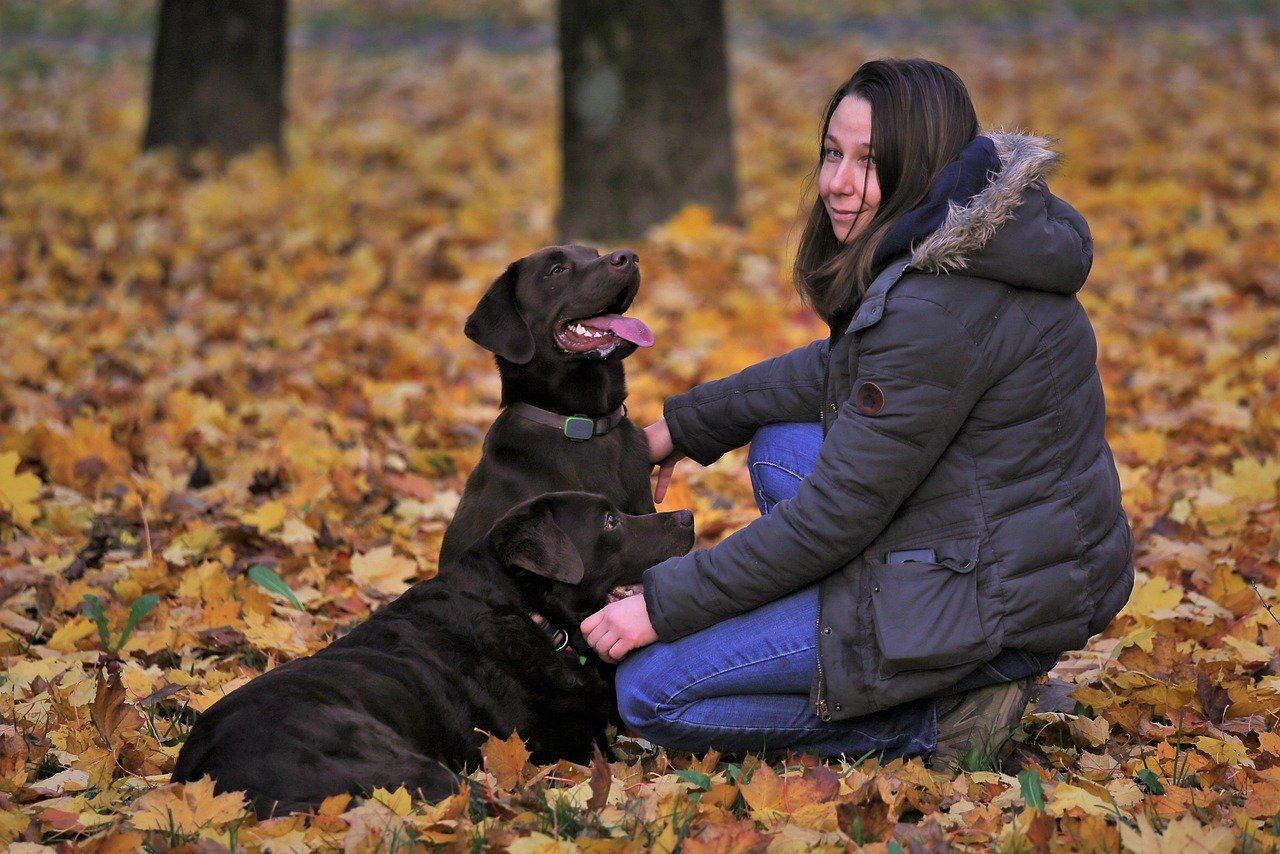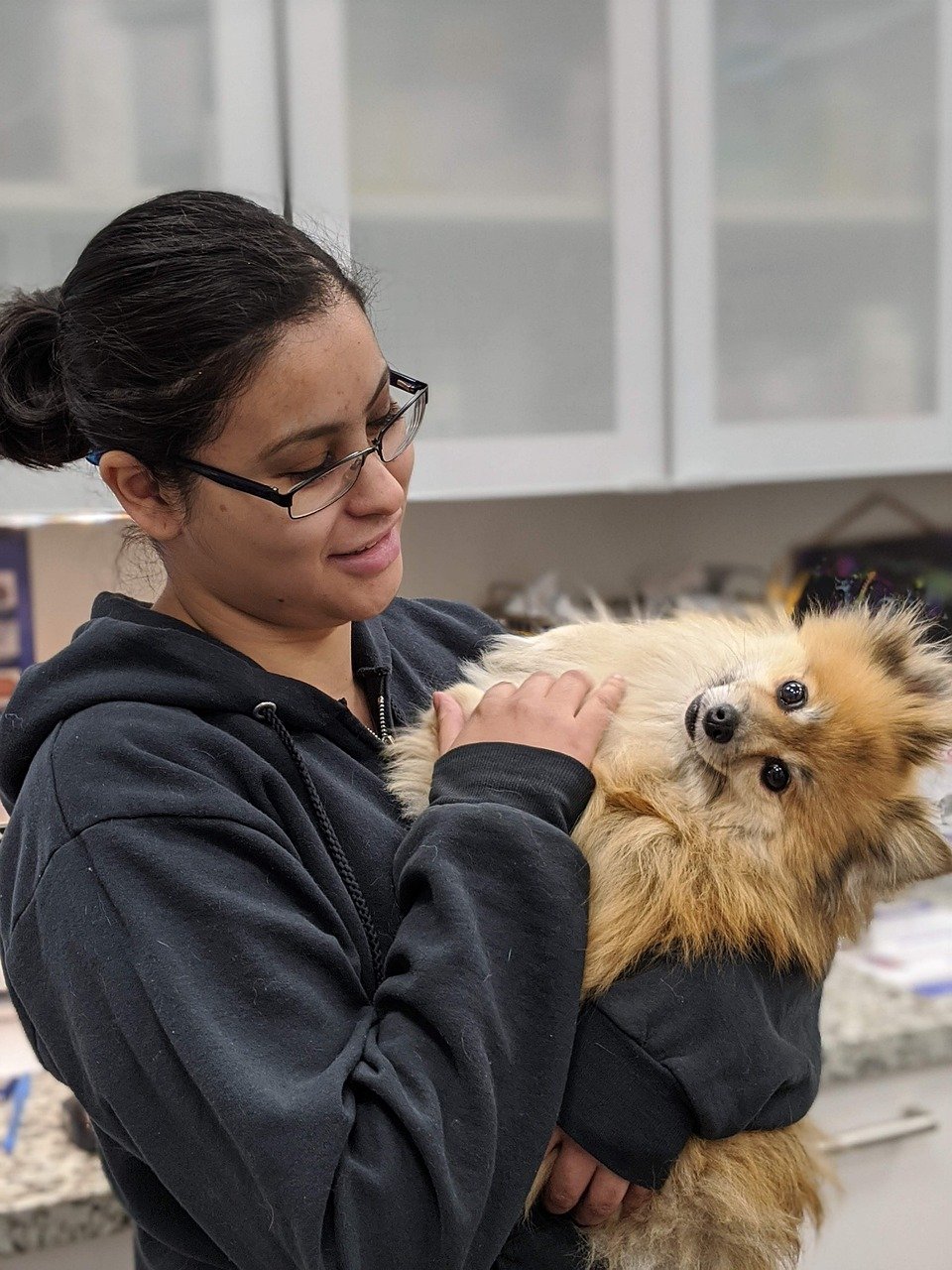Have you ever been startled awake in the middle of the night by your dog’s relentless barking or howling? It can be frustrating, not just for you, but for your neighbors too. But remember, your furry friend isn’t trying to annoy you; they’re trying to communicate. Understanding why your dog barks or howls excessively is the first step to addressing the issue. Let’s explore some effective strategies to help keep your home peaceful and your pet happy.
Understanding the Reasons Behind Excessive Barking
Dogs bark for various reasons, and understanding these can help you address the behavior. Often, barking is a form of communication, much like humans use words. Your dog might bark to alert you of an unfamiliar presence, express excitement, or simply because they’re feeling bored or anxious. By observing when and where your dog tends to bark the most, you can gain insights into what triggers this behavior.
For example, if your dog barks every time someone walks past the window, they might be trying to protect their territory. Alternatively, if they bark when left alone, they might be experiencing separation anxiety. By identifying these patterns, you can tailor your approach to reduce excessive barking effectively. Remember, a barking dog is trying to tell you something, and it’s up to you to decode the message.
Creating a Calm Environment
A calm environment can significantly reduce your dog’s need to bark excessively. Just as humans feel more relaxed in soothing surroundings, dogs benefit from a peaceful home too. Ensure your dog has a quiet, comfortable space where they can retreat when they feel overwhelmed. This could be a cozy corner with their favorite blanket or a dedicated room where they feel safe.
Consider using calming aids like dog-friendly music or aromatherapy to create a serene atmosphere. These tools can help soothe your pet’s nerves and reduce their urge to bark. Additionally, routinely spending quality time with your dog can strengthen your bond and reassure them, further promoting a calm demeanor. A tranquil environment is a key component in managing excessive barking.
Training Techniques to Curb Barking
Training is an invaluable tool when it comes to managing your dog’s barking. Consistent training can teach your dog when it’s appropriate to bark and when it’s time to be quiet. Start by teaching basic commands like “quiet” or “enough.” Reward your dog with treats or praise when they respond correctly, reinforcing the behavior you want to see.
It’s essential to be patient and consistent with training. Dogs, like humans, learn at their own pace, and it might take time for the training to take effect. Avoid yelling or punishing your dog for barking, as this can increase anxiety and exacerbate the problem. Instead, focus on positive reinforcement, which builds trust and encourages your dog to follow your lead. With time and dedication, training can significantly reduce excessive barking.
Addressing Separation Anxiety
Separation anxiety is a common cause of excessive barking and howling in dogs. When left alone, some dogs become anxious and express this through vocalization. To address this issue, it’s crucial to gradually acclimate your dog to being alone. Start by leaving them for short periods and gradually increase the duration as they become more comfortable.
Provide toys or puzzles to keep your dog occupied while you’re away. These distractions can help alleviate boredom and reduce anxiety. Additionally, leaving a piece of clothing with your scent can provide comfort to your dog in your absence. By addressing the root cause of separation anxiety, you can help your dog feel more secure and reduce excessive barking.
Utilizing Physical and Mental Stimulation

A tired dog is a quiet dog. Physical and mental stimulation are crucial in preventing excessive barking. Regular exercise, such as walks, playtime, or agility training, can help burn off excess energy that might otherwise manifest as barking. Ensure your dog gets enough physical activity to keep them happy and healthy.
Mental stimulation is equally important. Interactive toys, puzzle feeders, and training exercises can keep your dog’s mind engaged and reduce boredom-induced barking. By providing both physical and mental outlets, you can help your dog remain calm and content, reducing their need to bark excessively.
Consulting a Professional

In some cases, professional help might be necessary to address excessive barking. If you’ve tried various strategies without success, consider consulting a dog trainer or behaviorist. These professionals can provide personalized guidance and techniques tailored to your dog’s specific needs.
A professional can assess your dog’s behavior and identify any underlying issues contributing to excessive barking. They can also offer specialized training methods and support to help you and your dog achieve a harmonious living environment. Remember, seeking professional help is a proactive step toward ensuring your dog’s well-being and your peace of mind.
Implementing Consistent Routines
Dogs thrive on routine, and a consistent schedule can help reduce excessive barking. Establish regular feeding, walking, and playtimes to provide structure and predictability for your dog. Consistent routines can help alleviate anxiety and create a sense of security, reducing the likelihood of excessive vocalization.
Consistency in training and daily activities reinforces positive behavior and helps your dog understand expectations. By maintaining a steady routine, you can foster a calm and content environment for your furry friend. Remember, a well-structured day can make a world of difference in managing excessive barking.
Monitoring Health and Well-being

Sometimes, excessive barking can be a sign of an underlying health issue. If your dog’s barking patterns change suddenly or become more frequent, it’s essential to consult a veterinarian. Health problems such as pain, discomfort, or cognitive decline can contribute to increased vocalization.
Regular check-ups and monitoring your dog’s overall well-being can help identify any health-related concerns early on. Addressing these issues promptly can improve your dog’s quality of life and reduce excessive barking. Ensuring your pet’s health is not only beneficial for them but also contributes to a more peaceful home environment.
As you embark on this journey to manage your dog’s barking, remember that patience, understanding, and consistency are your best allies. Each dog is unique, and what works for one might not work for another. The key is to remain committed to finding a solution that suits both you and your beloved pet. After all, a happy dog makes for a happy home.

Linnea is a born and bred Swede but spends as much time as possible in Cape Town, South Africa. This is mainly due to Cape Town’s extraordinary scenery, wildlife, and atmosphere (in other words, because Cape Town is heaven on earth.) That being said, Sweden’s majestic forests forever hold a special place in her heart. Linnea spends as much time as she can close to the ocean collecting sea shells or in the park admiring puppies.





